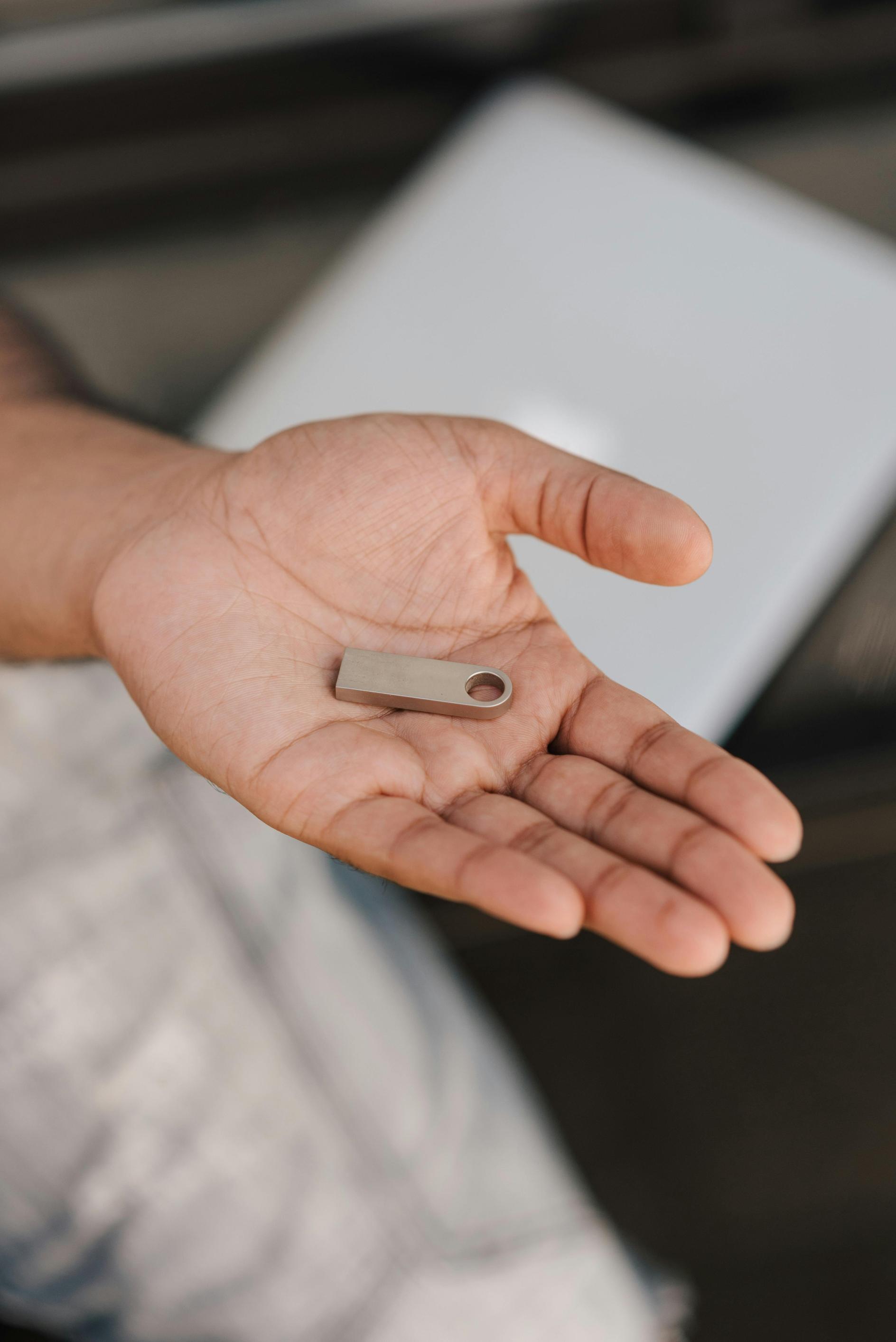<strong>How to Transfer Videos from Phone to Computer: The Complete Guide</strong>
Introduction
Transferring videos from your phone to your computer can be a seamless process if you know the right methods. Whether you’ve recorded a special moment or downloaded a video you want to edit on your computer, getting videos from your phone to your PC or Mac is a common need. This guide will walk you through the different ways to transfer videos, ensuring you can choose the best method that suits your needs.

Method 1: Using USB Cable for Transfer
Using a USB cable remains one of the most reliable methods for transferring videos from your phone to your computer. This tried-and-true approach is straightforward and doesn’t rely on an internet connection.
Steps for Android Devices
- Connect your Android phone to your computer using a USB cable.
- Unlock your phone and select the 'File Transfer' option from the USB settings notification.
- On your computer, open the file explorer and locate your Android device.
- Navigate to the 'DCIM' or 'Videos' folder and drag and drop the videos to your desired location on your computer.
Steps for iOS Devices
- Connect your iPhone to your computer using a USB cable.
- Unlock your iPhone and trust the computer if prompted.
- Open iTunes (for Windows) or Finder (for macOS Catalina and later).
- Select your iPhone and go to the 'Photos' or 'File Sharing' tab.
- Drag and drop the videos to your computer.
Pros and Cons of Using USB Cable
Pros: - Fast Transfer Speeds: Direct connection ensures quick transfer times. - No Internet Required: Perfect for areas with poor connectivity.
Cons: - Physical Connection Needed: You can’t transfer remotely. - Limited by Cable Length: Movement is restricted to cable’s length.

Method 2: Wireless Transfer Options
For those who prefer a cable-free approach, wireless transfer methods offer flexibility and convenience. This section covers transferring videos via Bluetooth, Wi-Fi Direct, and recommended wireless transfer apps.
Bluetooth Transfer
- Enable Bluetooth on both your phone and computer.
- Pair your devices.
- On your phone, select the video files and choose the 'Share' or 'Send via Bluetooth' option.
- Accept the transfer on your computer.
Wi-Fi Direct Transfer
Wi-Fi Direct enables devices to establish a direct Wi-Fi connection without needing a router. This method offers quick transfer speeds comparable to USB without any physical cables.
- Enable Wi-Fi Direct on both devices.
- Connect the phone & PC directly via Wi-Fi Direct.
- Use a file manager app to select and send the video files.
Recommended Wireless Transfer Apps
-
AirDroid:
- Download and install AirDroid on both your phone and computer.
- Create an account and sign in on both devices.
- Use AirDroid’s interface to select and transfer videos.
-
SHAREit:
- Install SHAREit on both devices.
- Connect both devices within the app.
- Share the videos via the app’s transfer function.
Both apps offer intuitive interfaces and additional features such as remote access and file management.

Method 3: Utilizing Cloud Storage Services
Cloud storage services offer a versatile way to transfer videos from your phone to your computer. By uploading videos to the cloud, you can access them from any device with internet access.
Google Drive
- Open the Google Drive app on your phone.
- Tap the '+' (plus) icon and select 'Upload'.
- Navigate to your videos and select the files to upload.
- On your computer, open Google Drive, locate the videos, and download them.
iCloud
For Apple users, iCloud provides a seamless integration for video transfers.
- Open the Photos app on your iPhone.
- Select the videos, tap 'Share', and choose 'Save to iCloud Drive'.
- On your computer, open iCloud Drive and download the videos.
Other Cloud Storage Options
-
Dropbox:
- Install Dropbox on both devices.
- Upload videos from your phone to Dropbox.
- Access Dropbox on your computer to download the videos.
-
OneDrive:
- Upload videos from your phone to OneDrive.
- Access OneDrive on your computer to retrieve the files.
Cloud storage services are particularly useful for larger files and for maintaining a backup of your important videos.
Method 4: Using Specialized Software
Specialized software tools offer advanced features for transferring videos from your phone to your computer. These programs often provide additional functionalities like video compression and batch transfers.
Recommended Software Tools
- Dr.Fone - Phone Manager
- iMazing
- AnyTrans
Installation and Setup
- Download and install the chosen software on your computer.
- Follow the on-screen instructions to complete the installation.
- Connect your phone to your computer using a USB cable or via Wi-Fi.
Step-by-Step Transfer Guide
- Open the software on your computer.
- Connect your phone (via USB or Wi-Fi).
- Navigate to the 'Transfer' or 'Phone Manager' section.
- Select the video files you wish to transfer.
- Click on 'Export' or 'Transfer' to initiate the transfer process.
These tools often provide added benefits like data management, backup options, and the ability to run diagnostics on your devices.
Common Issues and Troubleshooting
Transferring videos isn’t always a smooth process. Here are common issues and how to troubleshoot them.
Connection Problems
- Ensure drivers are up to date: Unrecognized devices often need driver updates.
- Restart devices: A fresh start can sometimes fix connection issues.
Storage Space Issues
- Check available storage: Ensure both your phone and computer have sufficient space.
- Clear unnecessary files: Delete or move files to free up space.
Video Quality Concerns
- Use original quality settings: Avoid compression settings that reduce video quality.
- Check transfer settings: Ensure the selected method does not compromise quality.
Conclusion
Transferring videos from your phone to your computer doesn’t have to be a hassle. Whether you prefer using a USB cable, wireless options, cloud storage, or specialized software, this guide provides all the methods you need. Choose the one that best fits your situation and enjoy seamless video transfers.
Frequently Asked Questions
Can I transfer videos without Internet?
Yes, using a USB cable or Bluetooth allows you to transfer videos without an internet connection.
What if my computer doesn’t recognize my phone?
Ensure you have the latest drivers installed and try restarting both devices. Additionally, verify that your cable is functional.
How can I ensure the videos transfer quickly?
Using a USB 3.0 cable or faster connections like Wi-Fi Direct can speed up the transfer process. Avoid transferring large files over slower connections like Bluetooth.



